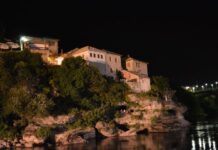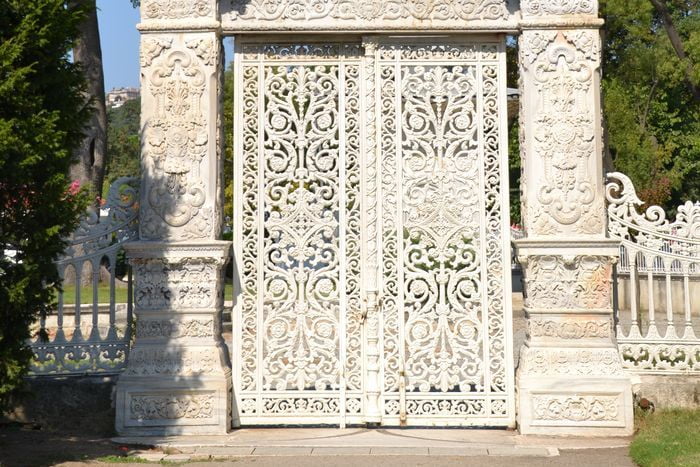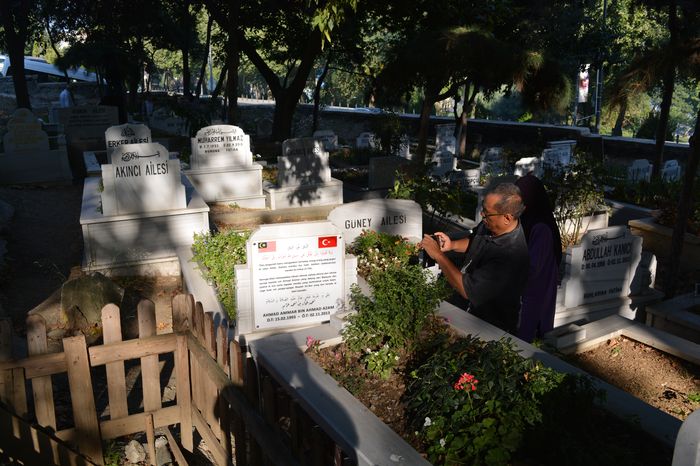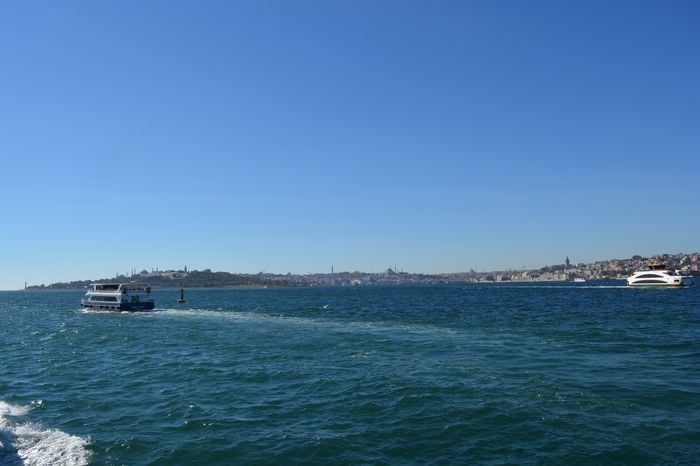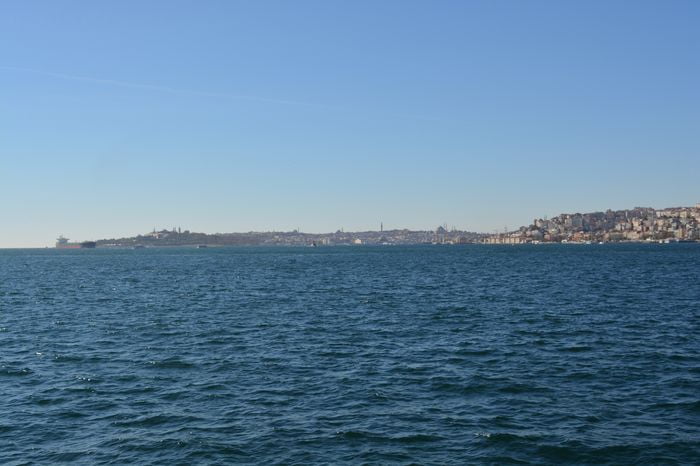A True Gate of Constantine’s Wall
There is no doubt that the Palaia Porta—today known as Isa Kapoussi, next to the Isa Kapou Mosque (Isa Kapou Mesdjidi)—was part of the original Constantinian wall of Constantinople. This gate clearly belonged to the first fortification line of the city, built during the reign of Emperor Constantine the Great.
Was It the Original Porta Aurea?
However, a difficult question remains: Could the Palaia Porta be the same gate as the Porta Aurea—the Golden Gate—mentioned in the ancient Roman document called the Notitia? The Notitia was a register that listed important buildings, gates, and distances within Constantinople during the late Roman period The Known Gates of Constantine’s Seaboard Wall.
The Golden Gate that we know best today is the one in the Theodosian Walls, the later, grander city wall system built in the 5th century. This gate is famous in Byzantine history and was later incorporated into the Ottoman fortress called Yedi Kule, or the Seven Towers. Today, it is still known as Yedi Kule Kapoussi, and it has become a historic landmark in Istanbul Sofia Sightseeing Tours.
Conflicting Theories About the Golden Gate
Many historians, including the respected scholar Dr. Strzygowski, believe that the Golden Gate mentioned in the Notitia must be this Theodosian gate at Yedi Kule. After all, it already existed when the Notitia was written.
But there is a problem with this theory: the distance between the Golden Gate (Yedi Kule) and the tip of the city’s southern promontory (where the land meets the sea) is much greater than what the Notitia claims. In other words, the measurements given in the Notitia do not match the real-world geography of the Theodosian Walls.
Could It Be a Mistake in the Notitia?
One possible explanation is that there were mistakes in the Notitia’s figures. But this is not a simple solution. If we assume there was an error in the length of the city, we must also assume a second error in the breadth of the city, because those numbers also do not match the Theodosian wall system.
Even more interesting is this: when we apply the same figures to the earlier Constantinian wall, they fit perfectly. This raises the possibility that the Notitia’s measurements actually refer to the original city boundaries established by Constantine, not the later expansions under Theodosius II.
A Strong Case for the Palaia Porta
If this is true, then it becomes very likely that the original Porta Aurea, the starting point from which the city’s size was measured, was not the Golden Gate in the Theodosian Walls. Instead, it could have been the Palaia Porta (Isa Kapoussi), part of Constantine’s first wall system. This would explain why the figures in the Notitia make sense only when applied to the earlier layout of the city.
In conclusion, while the Golden Gate of Yedi Kule remains one of the most iconic monuments in the city’s history, it may not have been the original Porta Aurea. The evidence suggests that Palaia Porta may have had this title first, during the time of Constantine. This theory helps us understand how the city’s layout evolved and how ancient records like the Notitia can give us clues—if we know how to read them carefully.


